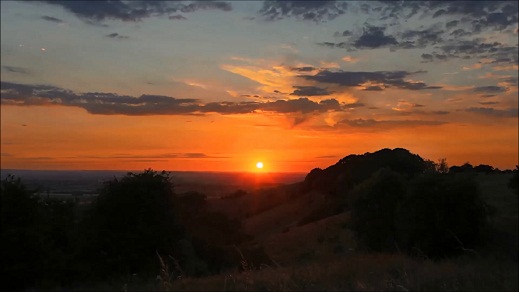| Online: | |
| Visits: | |
| Stories: |

| Story Views | |
| Now: | |
| Last Hour: | |
| Last 24 Hours: | |
| Total: | |
October Night Sky Wonders / Rare Planetary Alignments / Meteor Showers / Zodiacal Lights / 5 Visible Planets (+Video)
Venus brightest object in the east before sunrise, crescent Moon with Jupiter and Mars
Venus is the brightest planet and third-brightest sky object overall, after the sun and moon. The bow of the waning crescent moon points toward Venus and Jupiter before sunrise on Wednesday, October 7.
What’s more, this dazzling world will enable you to locate the fainter yet relatively nearby planets Mars and Jupiter in the morning sky. Be sure to use the waning crescent moon to locate Venus (plus Mars and Jupiter) in the morning sky on October 7, October 8 and October 9.
http://earthsky.org/astronomy-essentials/visible-planets-tonight-mars-jupiter-venus-saturn-mercury
The 2015 Draconid meteor shower is expected to peak on October 9. A new Moon on October 13, 2015 will create ideal conditions for those in the Northern Hemisphere to view the meteors.
The best time to see the shower is right before nightfall.
The Draconids have been responsible for some of the most spectacular meteor showers in recorded history. http://www.timeanddate.com/astronomy/meteor-shower/draconid.html
Watch for South Taurid meteors in October.
The long-lasting South Taurid meteor shower (September 10 to November 20) may produce a “swarm” of fireballs this month or early next month.
The International Meteor Organization (IMO) and the American Meteor Society (AMS) give October 10 as the date for the South Taurid peak. The Taurid meteor stream consists of an extremely wide roadway of far-flung debris left behind by Comet 2P Encke.
The Taurids are known for having a high percentage of fireballs.
Zodiacal light is a faint, roughly triangular, diffuse white glow seen in the night sky that appears to extend up from the vicinity of the Sun along the ecliptic or zodiac. It is best seen just after sunset in spring, and just before sunrise in autumn, when the zodiac is at a steep angle to the horizon.
The autumn equinox came a few weeks ago for us in the Northern Hemisphere, which means that it’s a good time of year to see the zodiacal light, also known as the false dawn. With the moon out of the morning sky for the next two weeks, this is your chance to catch the zodiacal light in the east before dawn’s first light. If you’re in the Southern Hemisphere, where the spring equinox happened a few weeks ago, the zodiacal light appears in your western sky, beginning about an hour after the sun goes down.
http://earthsky.org/tonight/zodiacal-light-false-dawn-for-the-next-two-weeks
Zodiacal Light Seen from Paranal
Image credit: Image Credit: Wikipedia Commons http://(https://creativecommons.org/licenses/by/4.0/)
The rare astronomical coincidence of a spectacular triangular triple conjunction of 3 bright planets is certainly wowing the entire World of Earthlings.
Triple planetary conjunctions are a rather rare occurrence. The last one took place in May 26th 2013. http://science.nasa.gov/science-news/science-at-nasa/2013/10may_sunsettriangle/
Before sunrise our Solar System’s two brightest planets – Venus and Jupiter – as well as Mars are very closely aligned for about two weeks.
Starting on 17th of October 2015 and continuing throughout the end of this month.
http://spaceweather.com/archive.php?view=1&day=12&month=09&year=2015
Well you’re are in for a celestial treat. The conjunction is visible to the naked eye – look East before sunrise. No telescopes or binoculars needed.
Throughout October, the trio of wandering planets have been gradually gathering closer and closer.

Image credit: NASA



